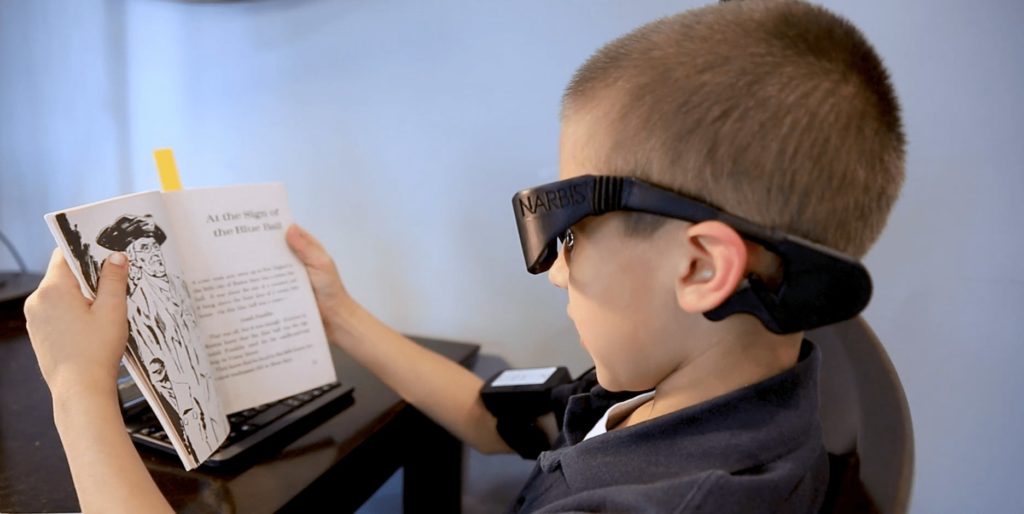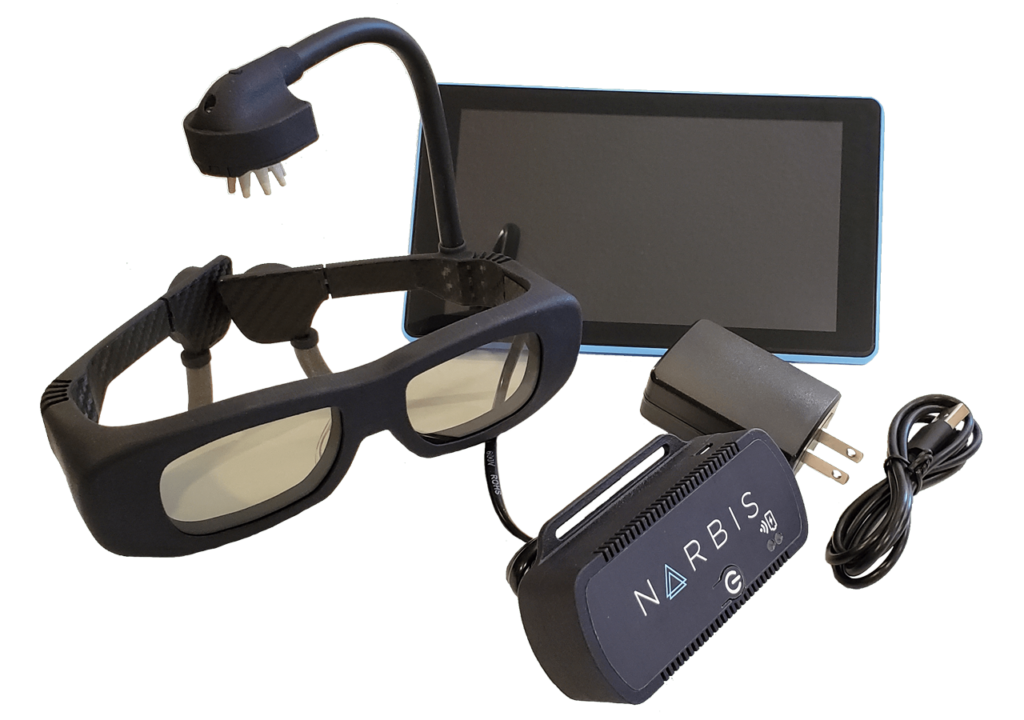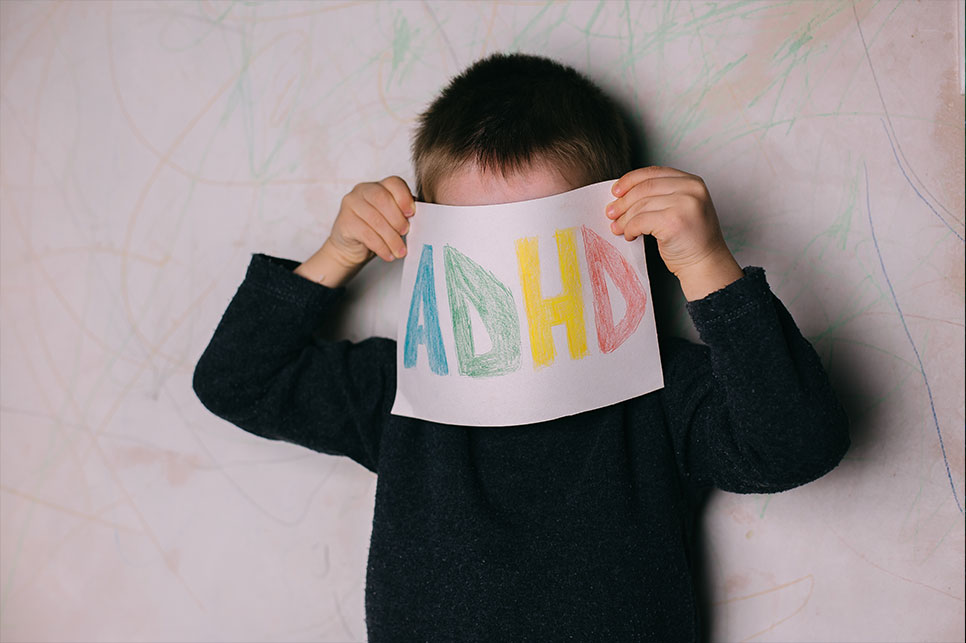Attention deficit hyperactivity disorder (ADHD) has been garnering headlines of late. Whether it’s virtual learning during the pandemic bringing children’s struggles with attention to light or the recent epidemic of adult diagnoses with the condition, ADHD has been front and center in the conversation about the shift to digital work and education. But what is ADHD?
ADHD is a neurodevelopmental condition with an array of symptoms that can be detrimental to academic study or productivity in the workplace. Symptoms can include not being able to sustain attention, hyperactivity, and impulsivity. Common ways ADHD symptoms can manifest include daydreaming, speaking out of turn, poor money and time management, or general fidgetiness such as shaking legs.
To the ADHD sufferer, a task that might seem mundane such as tidying up a bedroom can prove overwhelming. While ADHD affects people from all walks of life, many also have comorbid conditions such as anxiety, dyslexia, or autism spectrum disorders such as Asperger’s syndrome. ADHD can be reined in with treatment however, allowing those with the condition to live productive — and often creative — lives.
Medication has long been a go-to treatment to keep ADHD symptoms at bay. Yet for some people, long-term use of these pharmaceuticals has risks. ADHD drugs are typically stimulants. This can aggravate heart conditions and elevate blood pressure, leading to physical health problems down the road.
There have been instances of people getting addicted and abusing ADHD medication over the years. In fact, the World Anti-Doping Agency considers many ADHD medications to be performance-enhancing drugs, necessitating that athletes get a medical waiver for their use or risk disqualification or banning from competition. Science journalist Robert Whitaker has dedicated much of his career to tracking potential adverse effects from life-long ADHD medication use, with his reporting getting more attention recently as more people grapple with attention and mental health issues amid the pandemic.
There are non-pharmacological options, however. In both neurological research studies and in clinical practices, treatments such as neurofeedback and cognitive behavior therapy have shown positive results in controlling ADHD systems — and without risk of physical side effects. Here, we describe these courses of treatment in depth, including their benefits and how they fit into a daily regimen.
Neurofeedback

Neurofeedback is a non-pharmacological, non-invasive method to train and optimize how your brain functions. A form of biofeedback, neurofeedback regimens use electrode sensors to measure and monitor your brainwave activity. This process is known as electroencephalography (EEG), similar as to an EKG reading to track heart patterns. Neurofeedback can track brainwave patterns indicative of focus, attention, distraction, and relaxation. Over time, people who use neurofeedback therapy can become aware of their brain activity and can use this knowledge to learn how it feels to be distracted and correct themselves to engage and stay on track.
“By using visual, sound, or tactile feedback to produce operant conditioning of the brain, [neurofeedback] can be used to induce brain relaxation through increasing alpha waves,” writes the Association for Applied Psychophysiology and Biofeedback, an industry organization for neurofeedback practitioners. “A variety of additional benefits, derived from the improved ability of the central nervous system to relax, may also be obtained.”
Neurofeedback has an array of applications to benefit mental health and well-being. It can help people suffering from anxiety. It has been used by athletes and artists alike to hone focus on the playing field and when composing their latest creative work. It has also been shown both in clinical studies and in everyday practice to help manage attention disorders, including ADHD. At-home tools such as our Narbis neurofeedback smart glasses bring this technology into the home and office, allowing people to avail of this technology and science while working on the task at hand that requires focus; e.g. reading, writing, or getting a spreadsheet done.
The science has had proven effects both in clinical studies and among everyday users: A study published in May 19 in medical journal Current Psychiatry Reports examined the case study of a 9-year-old boy who had been put on psychostimulants after a history of having been disruptive in class.
Yet his parents were considering another option: neurofeedback. Over the course of the study, the researchers concluded “that neurofeedback based on standard protocols in ADHD should be considered as a viable treatment alternative.” Really putting a human side to the story however: After years of neurofeedback treatment, that boy learned to control his attention and behaviors to the point of being able to discontinue his medical treatment and had turned into a productive high school student.
Outside of the clinic, neurofeedback has shown results as well. On a recent news segment for KSTU Fox 13 Salt Lake City, Narbis CEO and founder Devon Greco noted, “We had a number of kids who were diagnosed [with #ADHD] and on medication. They wore our glasses for a few times a week while doing homework. In as few as 20 training sessions, many of them were taken off medication.” While Narbis is not yet an FDA approved treatment for ADHD, for a family concerned about having to make time to visit clinics to get prescriptions or consult with doctors, at-home treatments can be a sound, convenient option.
Cognitive behavioral therapy

Cognitive behavioral therapy, commonly called CBT, is a type of hands-on psychological treatment in which a therapist coaches patients to identify behaviors that could be causing problems in their lives. Over the course of treatment, by recognizing thought and activity patterns and identifying new ways in which to approach and handle potential stressors,
clients effectively learn how to become their own coach and therapist. While it shares many similarities with traditional psychotherapy, CBT focuses more on implementation of healthy reactions and thought patterns rather than delving into a patient’s personal background and the subconscious. It has been shown to be effective for an array of conditions including substance addiction, depression, and eating disorders. As for ADHD, research shows that there are benefits to CBT regardless of medication use and can help correct impulsivity and interpersonal relationships.
“Instead of starting big, you start small with small shifts in focus and behavior change. Rather than setting out to make a big change upfront (which can just overwhelm someone with ADHD), one works with a coach to build small wins,” says Jeff Fajans, PhD, an executive coach based in Los Angeles.
For example, one reason that many people with ADHD mention as a reason for not being able to settle down and start a task is a fear of failure. Perfectionism, while not unique to ADHD, can often be one trait of the condition. Receiving critical feedback or a bad grade might only exacerbate an ADHD sufferer’s procrastination. In this regard, a CBT regimen might explore why someone is afraid of failure and correcting negative self-talk.
“Simply put, individuals with symptoms that impact their daily functioning are given support to increase their success (i.e. organizational tools and/or access to mentorship), and rewarded for their efforts to modify their own behavior,” says Dr. Matthew Edelstein, a licensed therapist based in Baltimore who practices CBT. “Programs based in these procedures have been shown to be widely successful across clinical populations, including with individuals diagnosed with ADHD,” he continues. Over time, an ADHD sufferer can learn what situations trigger which responses, and adjust behavior accordingly. This can have manifold benefits for surviving school, the workplace, and fostering healthy relationships.
Conclusion

For people seeking alternatives to pharmaceutical treatment for ADHD, it might be worth their time to investigate non-pharmaceutical options such as Neurofeedback. Years of research supports such treatments’ effectiveness. During this pandemic era especially, but also for anyone who needs one less errand, devices on the market that allow users to tap into the science of Neurofeedback from the comfort of their own home can help bring some calm to their lives, quieting the ADHD brain and paving the way to productivity.







